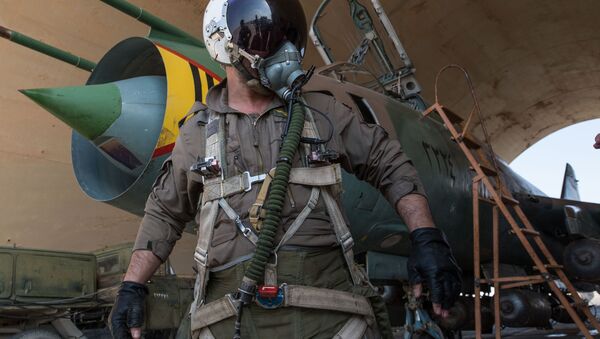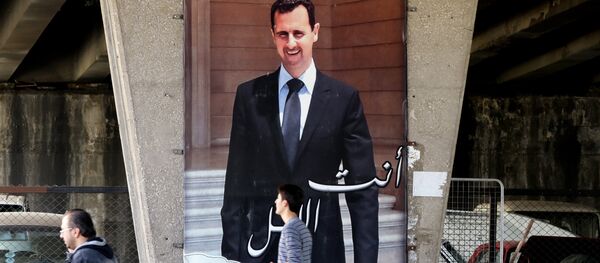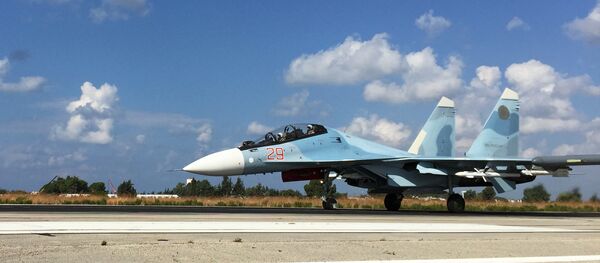Kramnik specifically pointed to the fact that at the beginning of the war, Syrian pilots successfully carried out their missions while suffering from a lack of spare parts, modern ammunition, fuel and warplanes as well as unsufficient professionalism.
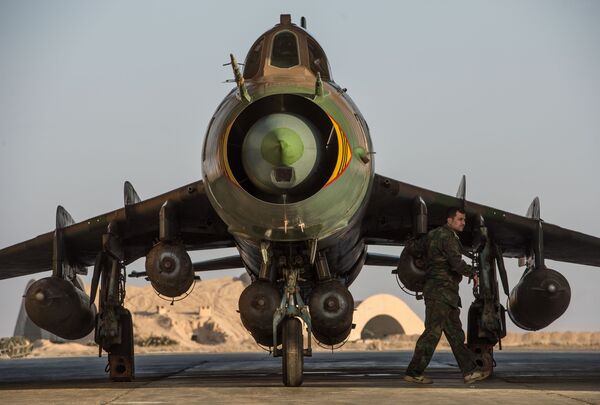
Even after the situation changed in 2012, when Russia starting to send spare parts and military advisers to Syria, the heroic deeds of the Syrian pilots continued.
In particular, Kramnik referred to the Syrian Air Force's MiG-21 fighter jets attacking the terrorists in the besieged city of Deir ez-Zor, where these warplanes had to lift off under enemy mortar fire with the pilots more often than not risking their lives.
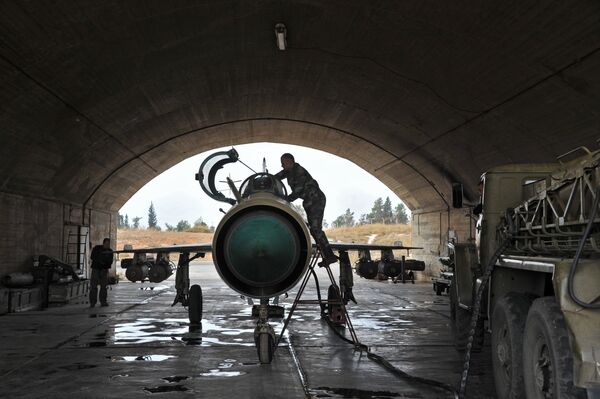
The expert said that apart from the Soviet-made MiG-21, the Syrian Air Force includes MiG-29M multi-purpose fighter jets, MiG-23BN and MiG-23ML jets, as well as Su-24 and Su-22M4 fighter bombers.

According to Kramnik, it is the fleet of the Su-24s, supersonic, all-weather attack aircraft with a variable-sweep wing, which remains a core of the Syrian Air Force. These planes reportedly conduct up to 30 sorties per day in Syria, Kramnik said.
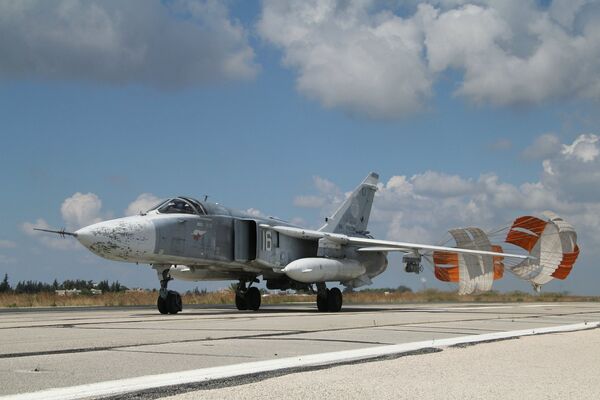
He recalled in this regard that adding to the Syrian Air Force's anti-terror effort is Russia's ongoing air campaign in Syria which was launched on September 30, when more than fifty Russian warplanes, including Su-24M, Su-25 and Su-34 jets, commenced precision airstrikes on Daesh and Al-Nusra Front targets at the behest of Syrian President Bashar Assad.
#SYRIA Today since 01:00 (MSK) Rus #AerospaceForces stopped striking areas and armed formations which have sent ceasefire applications
— Минобороны России (@mod_russia) 27 февраля 2016 г.
Even so, it is too early to speak of the Syrian Army's full-fledged victory and speculate on how the Syrian war may end, Kramnik said.
But the fact remains that the Syrian Air Force added considerably to the current crackdown of the country's army on the terrorists, who continue to retreat from strategic areas in the northern provinces of Aleppo and Latakia, the expert concluded.

